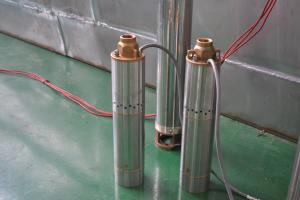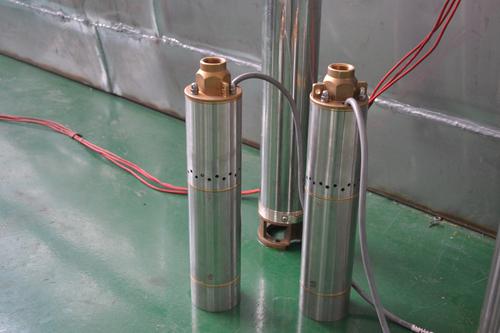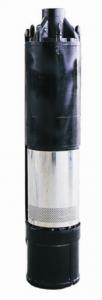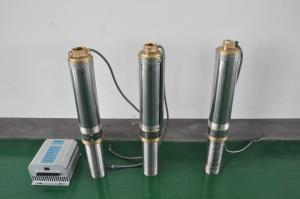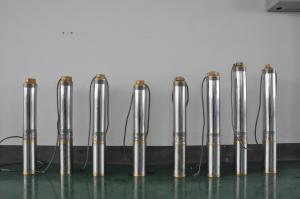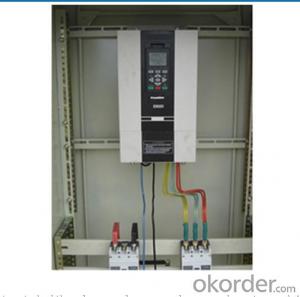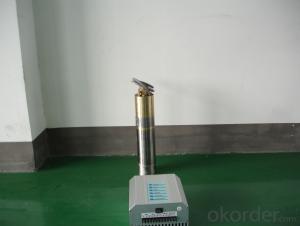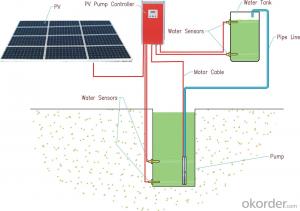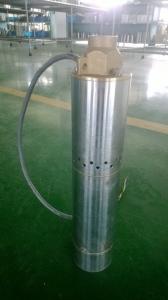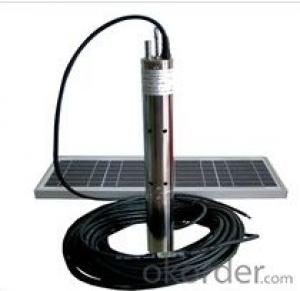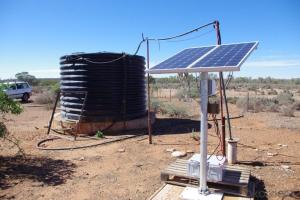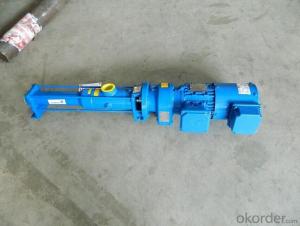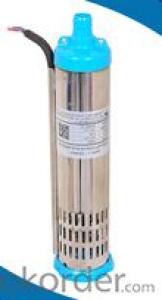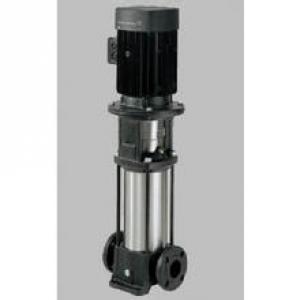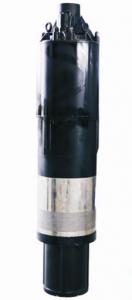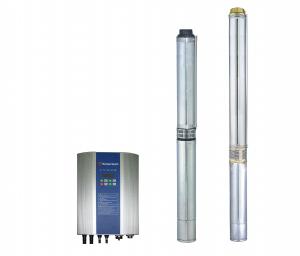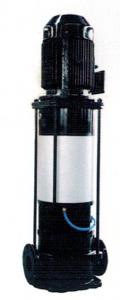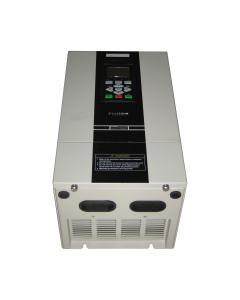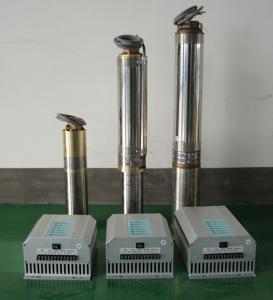Pentair Solar Screw Water Pump
- Loading Port:
- Shanghai
- Payment Terms:
- TT OR LC
- Min Order Qty:
- -
- Supply Capability:
- 300 set/month
OKorder Service Pledge
Quality Product, Order Online Tracking, Timely Delivery
OKorder Financial Service
Credit Rating, Credit Services, Credit Purchasing
You Might Also Like
how is the rotor made:
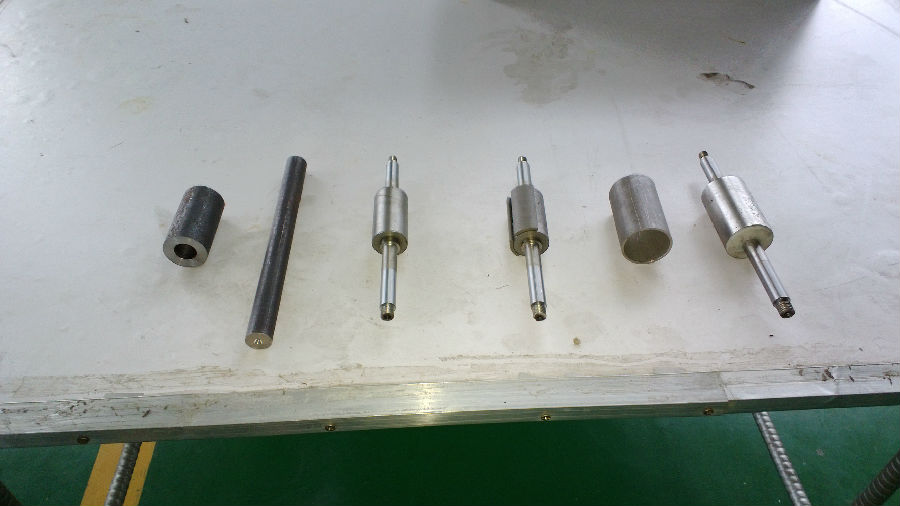
how is the motor made:
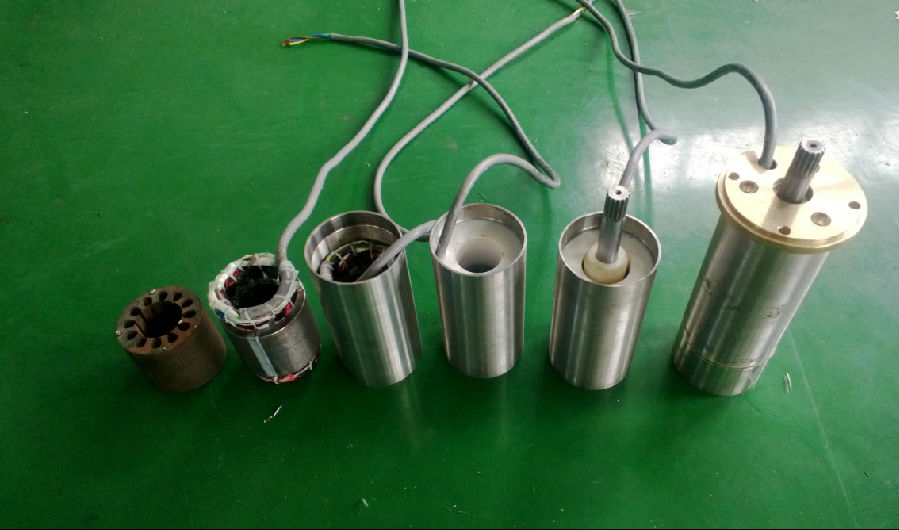
the pump :
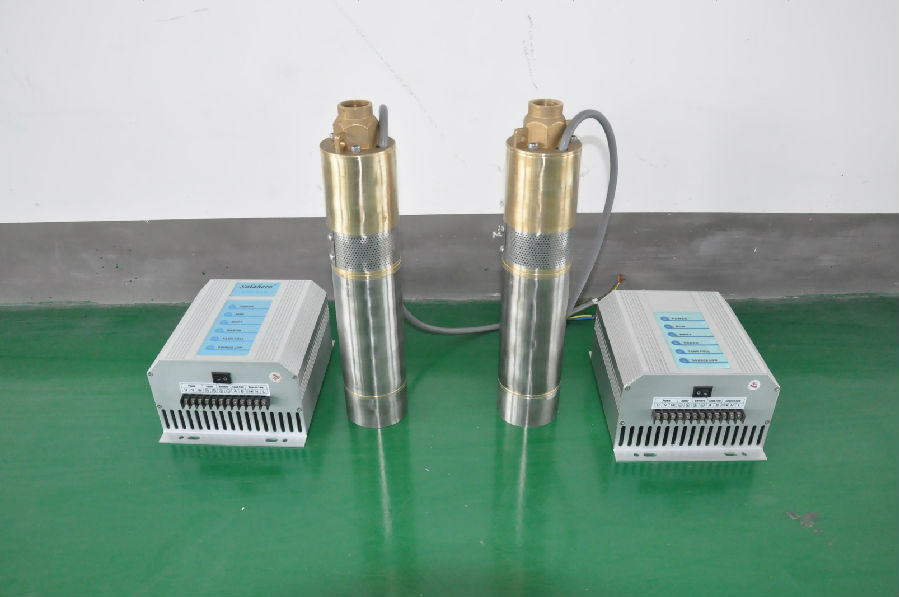
controller terminal connection:
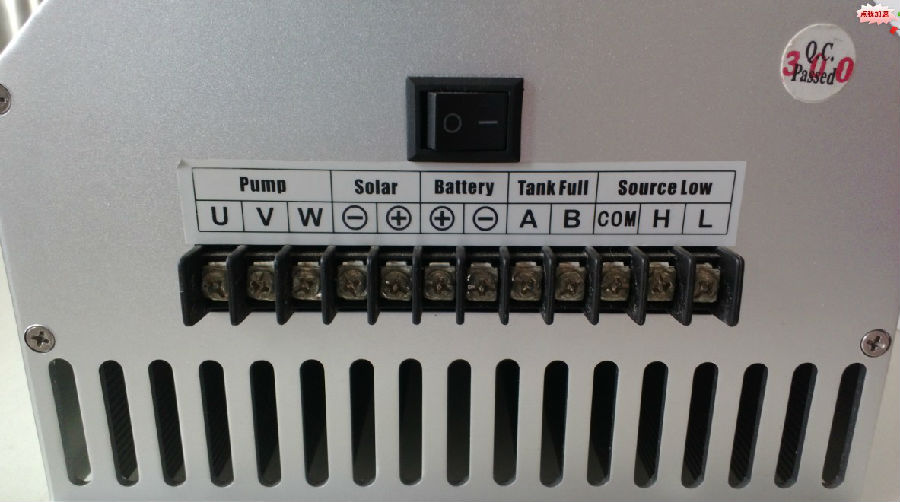
The permanent magnet:
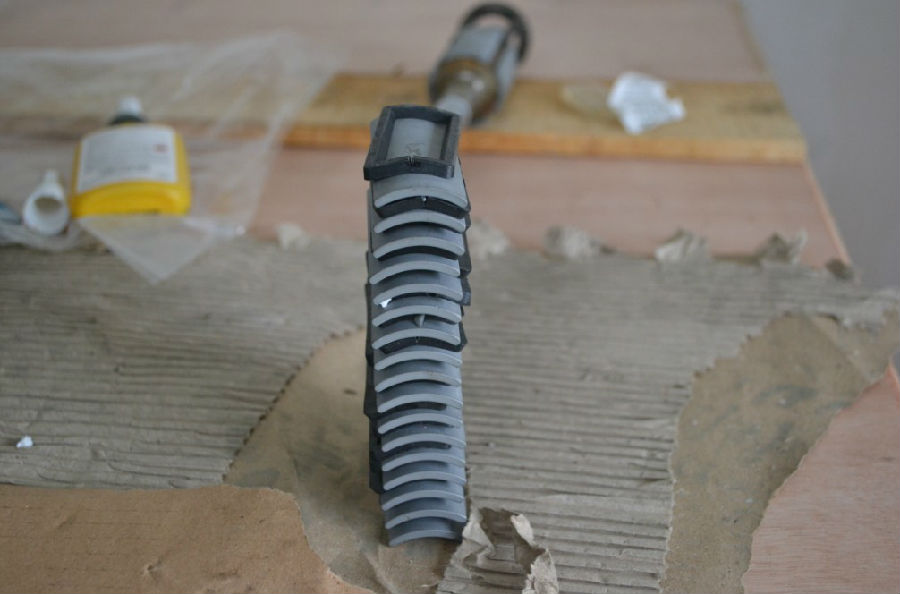
the helical screw:
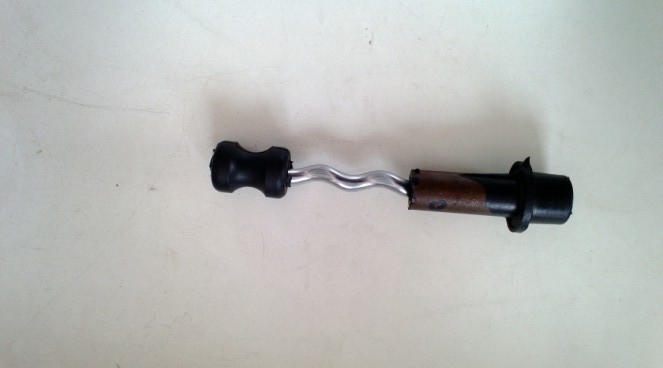
controller box:
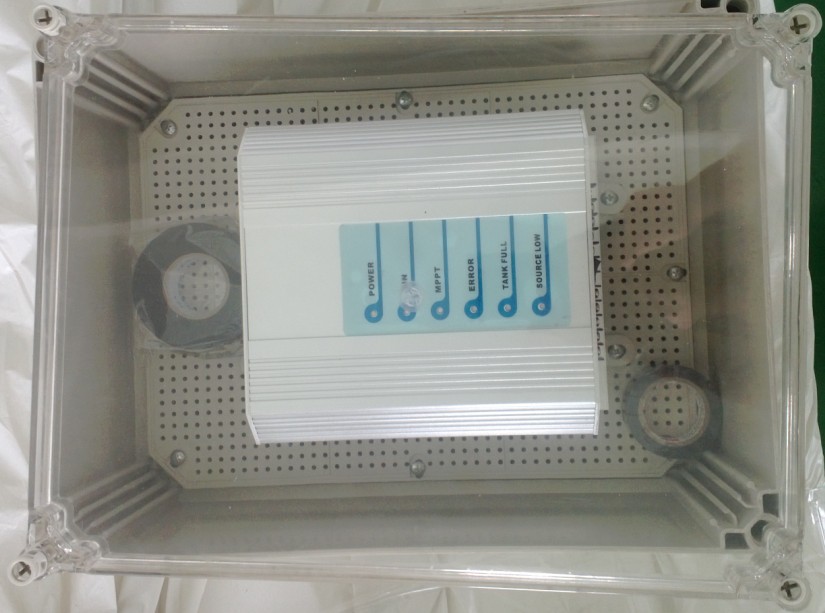
the senors:
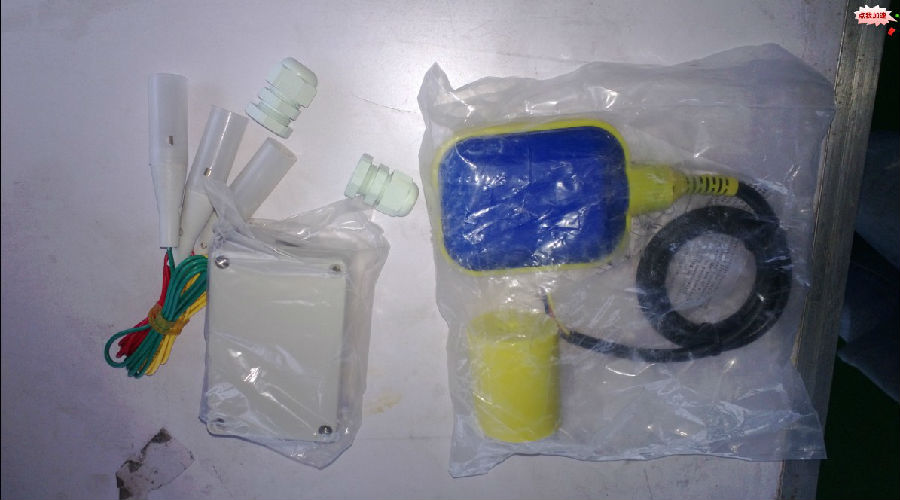
the test:
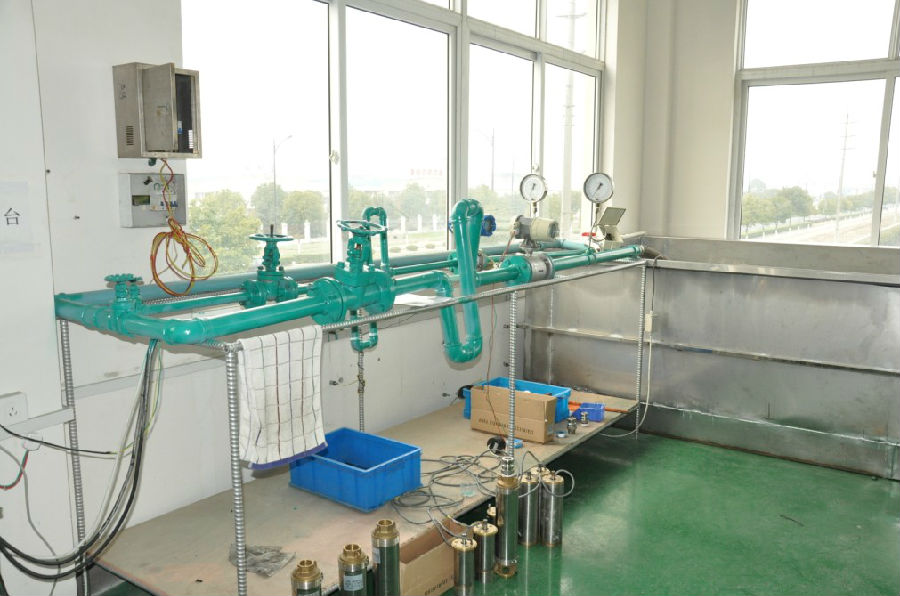
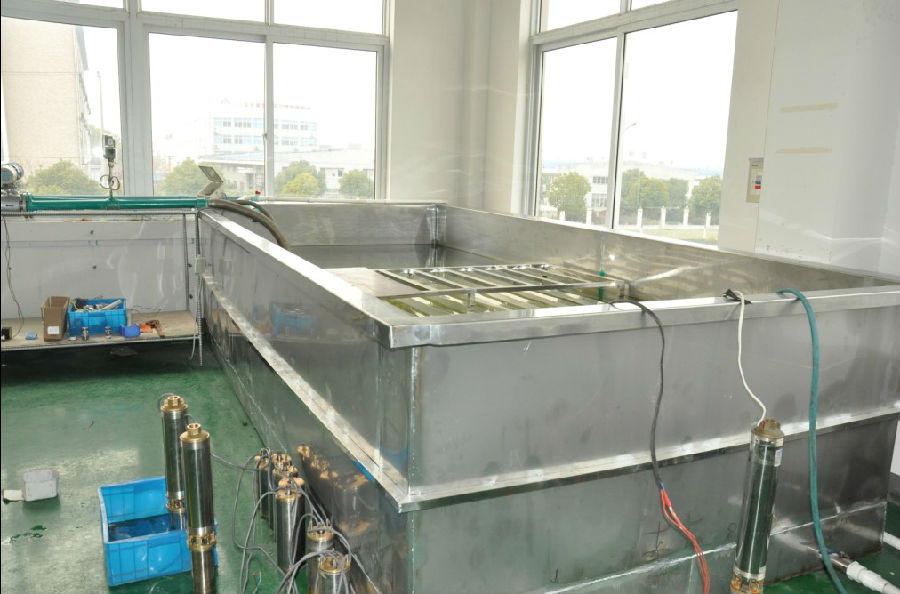
the application:
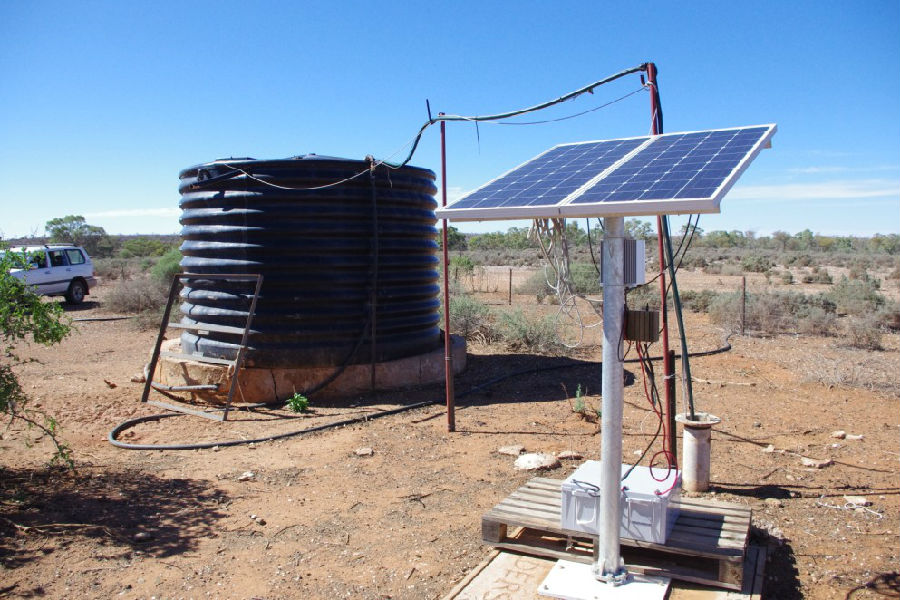
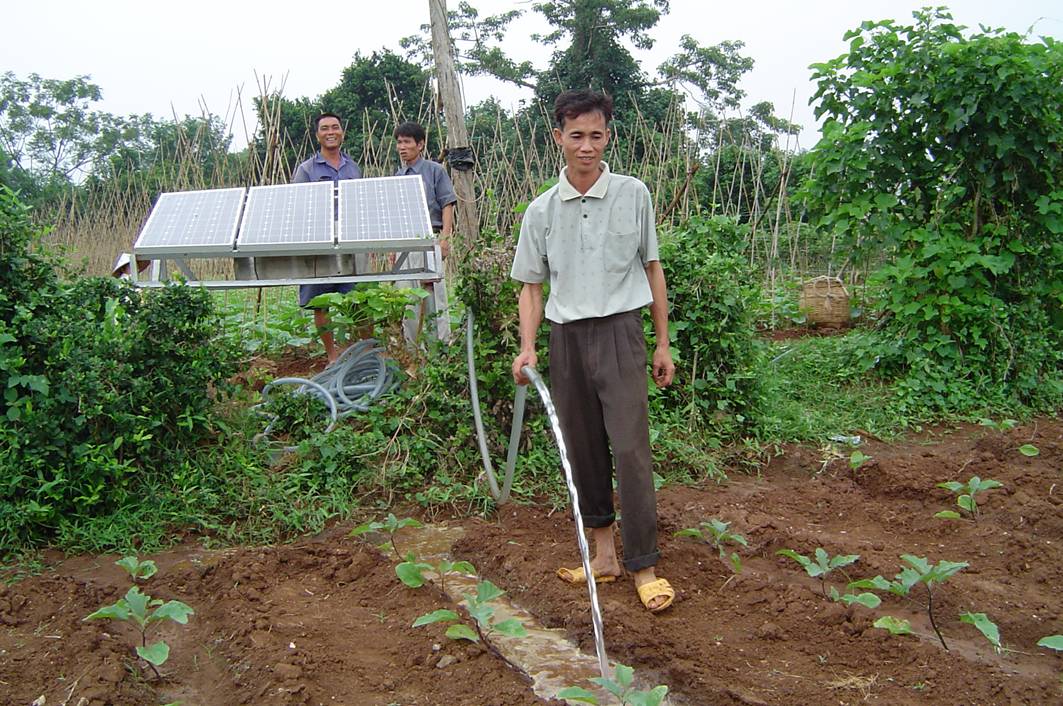
the package:
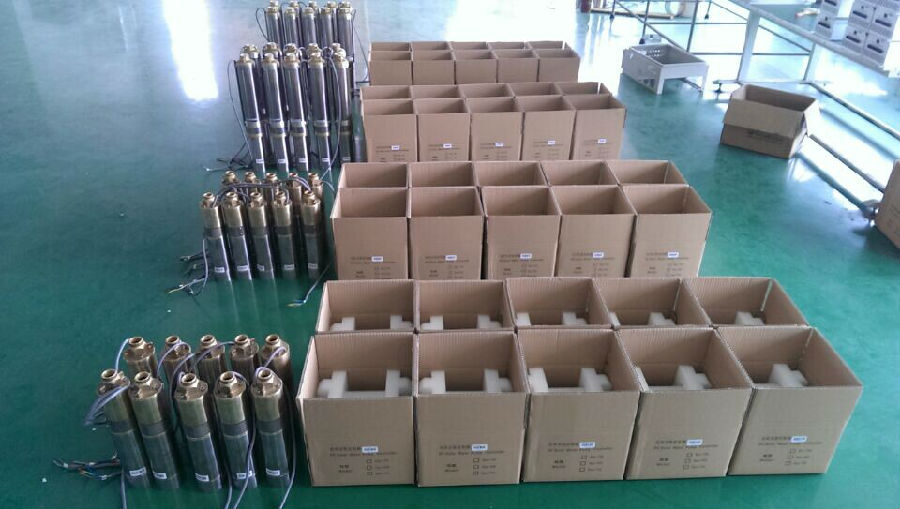
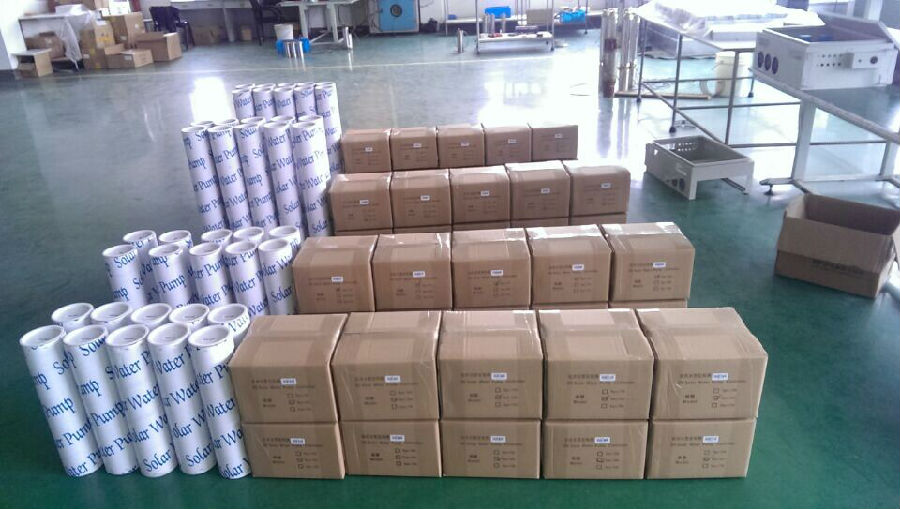
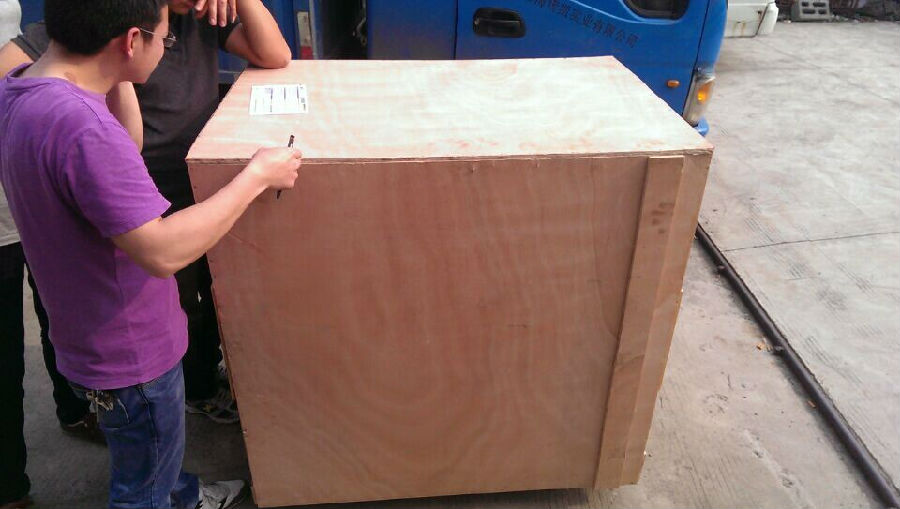
- Q: Can a solar pump be used in areas with high levels of heavy metals in the water?
- Yes, a solar pump can be used in areas with high levels of heavy metals in the water. Solar pumps are primarily used to extract water from various sources, and they do not have any direct effect on the quality of the water. However, it is important to note that the heavy metal contamination in the water may still pose health risks, and appropriate water treatment methods should be employed to make the water safe for consumption or use.
- Q: Can a solar pump be used for dewatering purposes?
- Yes, a solar pump can be used for dewatering purposes. Solar pumps are designed to extract water from a source and can be used for various applications, including dewatering flooded areas, drainage systems, or pumping water from wells or underground sources. They are an efficient and environmentally friendly solution for dewatering needs, as they utilize solar power to operate, eliminating the need for electricity or fuel.
- Q: How long does it take to install a solar pump?
- The installation time for a solar pump can vary depending on various factors such as the size and complexity of the system, the location, and the experience of the installer. However, on average, it typically takes a few days to a week to complete the installation process.
- Q: How does the solar self-priming pump be installed?
- 1. Pump through the long-distance transport to reach the use of the scene, before installation to check the machine parts are intact, fasteners should be fastened to check the pump shaft and motor shaft concentricity, if the shift should be corrected.
- Q: Can solar pumps be used for water supply in schools or orphanages in developing countries?
- Yes, solar pumps can indeed be used for water supply in schools or orphanages in developing countries. Solar pumps are an excellent solution for areas with limited access to electricity or unreliable power supply. They provide a sustainable and cost-effective way to extract and distribute water, ensuring a reliable water source for drinking, sanitation, and other essential needs in schools and orphanages. Additionally, solar pumps require minimal maintenance and have a long lifespan, making them suitable for remote and resource-constrained regions.
- Q: How does a solar pump handle voltage variations in different countries?
- A solar pump typically handles voltage variations in different countries through its built-in voltage regulation system. This system ensures that the pump receives a consistent and appropriate voltage level, regardless of the variations in the local power supply. It can automatically adjust the voltage to match the requirements of the pump, ensuring optimal performance and preventing any damage due to voltage fluctuations.
- Q: Can a solar pump be used in areas with limited access to water sources?
- Yes, a solar pump can be used in areas with limited access to water sources. Solar pumps are designed to operate using energy from the sun, which makes them ideal for remote locations where traditional power sources are not available. These pumps can draw water from various sources such as wells, boreholes, rivers, or lakes, providing a reliable and sustainable solution for accessing water in areas with limited water sources.
- Q: How do I properly size the storage tank for a solar pump system?
- Determining the appropriate size for your storage tank in a solar pump system involves taking various factors into consideration. These factors include the flow rate of the pump, the amount of water needed, and the energy production of the solar panel. Below are the steps you can follow to find the right size for your storage tank: 1. Calculate your water requirements: Begin by determining the amount of water you need for your daily usage or the specific purpose for which you intend to use the solar pump system. This could be for purposes such as irrigation, livestock, or domestic use. Take into account factors such as the number of people or animals, their water consumption, and any additional water needs. 2. Assess the daily solar energy supply: Evaluate the potential energy production of the solar panels by considering the average number of sunlight hours in your area, the efficiency of the panels, and the capacity of the system. This assessment will help you estimate the daily amount of energy available to power the pump. 3. Calculate the required storage capacity: To determine the size of the storage tank, you need to consider both the daily water requirement and the solar energy supply. Divide the daily water requirement by the available solar energy to calculate the minimum storage capacity required. For example, if you need 1000 liters of water per day and your solar pump system can produce 500 liters using the available energy, you would need a storage capacity of at least 2 days (1000 liters / 500 liters = 2 days). 4. Take into account weather and demand variations: Depending on your location and the weather conditions, the availability of solar energy may vary. Additionally, water demand may fluctuate from day to day. To ensure a reliable water supply, it is advisable to incorporate some buffer capacity in your storage tank. This buffer capacity can account for days with less sunlight or increased water demand, ensuring a consistent water supply even during unfavorable conditions. 5. Seek professional advice: If you are uncertain about the calculations or need assistance in determining the optimal storage tank size, consider consulting with professionals or engineers who specialize in solar pump systems. They can provide expert advice and help you select the most suitable storage tank size based on your specific requirements. By following these steps and considering the necessary factors, you can determine the appropriate size for your storage tank in a solar pump system. This will ensure an efficient and dependable water supply.
- Q: Can a solar pump be used for water treatment plants?
- Yes, a solar pump can be used for water treatment plants. Solar pumps are a sustainable and cost-effective solution for pumping water, and they can be utilized in various applications, including water treatment plants. They can help in pumping water from various sources such as wells, rivers, and lakes, and can be integrated into the water treatment process to ensure a reliable and environmentally friendly water supply.
- Q: Can a solar pump be used in cloudy weather?
- Yes, a solar pump can still be used in cloudy weather. While solar pumps are most efficient in direct sunlight, they can still operate and generate power even in cloudy conditions. The solar panels of the pump are designed to capture solar energy from diffused sunlight or even on overcast days. However, it is important to note that the pump's performance may be reduced in cloudy weather due to decreased sunlight intensity. Therefore, the pump might not be able to operate at its maximum capacity, but it can still function and provide some level of water pumping.
Send your message to us
Pentair Solar Screw Water Pump
- Loading Port:
- Shanghai
- Payment Terms:
- TT OR LC
- Min Order Qty:
- -
- Supply Capability:
- 300 set/month
OKorder Service Pledge
Quality Product, Order Online Tracking, Timely Delivery
OKorder Financial Service
Credit Rating, Credit Services, Credit Purchasing
Similar products
Hot products
Hot Searches
Related keywords
